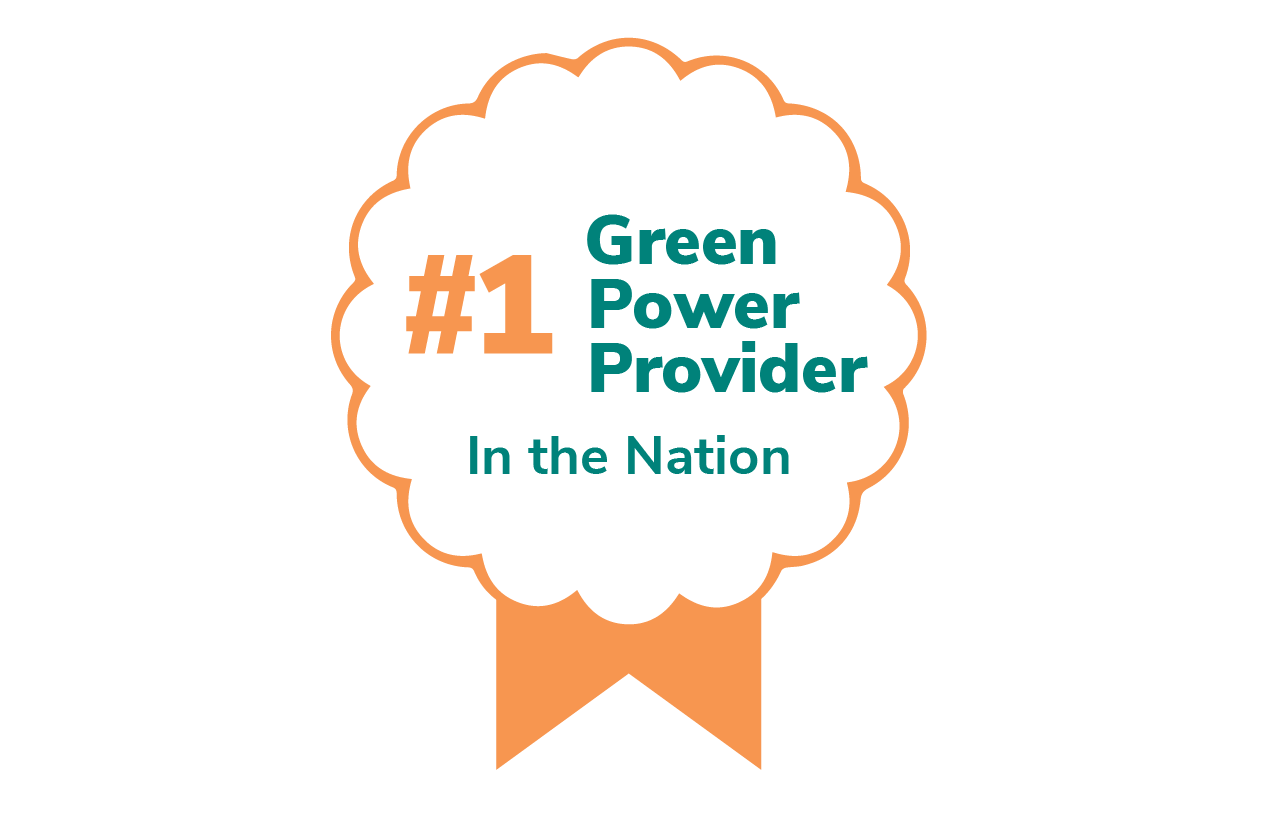


Beth Vaughan, Executive Director of the California Community Choice Association (CalCCA), recently visited with the Clean Power Alliance (CPA) team to discuss energy related developments, including the growing successes of CCAs across the state, emerging priorities for local governments and elected officials, as well as the impact of ongoing environmental issues on the California energy grid and resiliency planning.
CalCCA represents the interests of California’s community choice electricity providers in the Legislature and at state regulatory agencies, including the California Public Utilities Commission, California Energy Commission, California Independent System Operator, and California Air Resources Board. The association’s mission is to support the development and long-term sustainability of CCAs in California.
CPA thanks Beth for making time to visit with our team and share her leadership and expertise. Here we provide a look ahead and what CCAs can anticipate in Beth’s own words:
State of CCAs
We have, in California, 25 community choice aggregators, and 24 of them are a part of CalCCA’s membership.
When we look at CCAs in total, we have grown tremendously in terms of electricity load served. In the California Independent System Operator balancing area, which includes the service territories of the three main investor-owned utilities—Pacific Gas & Electric, San Diego Gas & Electric, and Southern California Edison—CCAs now serve over one third of the electricity load. In fact, CCAs serve 11 million customers, or about a quarter of the state’s population, and in a very short period of time have revolutionized the energy sector, introducing new local alternatives and competition to California’s energy sector.
When I joined CalCCA in 2017, a lot of folks said to me that we’re never going to do procurement deals with CCAs, they don’t have the credit, they don’t have the stability, they don’t have the background.
One of the things that we did to counter these claims is create a press package that shows the growth of new-build power purchase agreements (PPAs) that CCAs sign. We actually list each contract in a spreadsheet, providing the terms, locations of projects, online dates, and make all the information available to the public. This year’s list included over 240 PPAs, up from 162 a year ago.
The myth was CCAs wouldn’t be able to do deals – CCAs will never be able to procure. Now we can show through data that this simply is not true and get our progress on the record, which has led to a huge attitude change in terms of who we are and how we’re seen in the market.
Growth impacts
As we grow, we have responsibilities, locally and statewide. Before we would have to beg and plead for a meeting with the governor’s office, now the governor’s office calls us, sometimes daily, for information and updates. What we have learned is that with great market share comes great responsibility, accountability, and scrutiny.
It is important for CCAs to be armed, not with narratives and anecdotes, but with solid data. We have an in-house data team at CalCCA, and they do a lot of system modeling. Today, decisionmakers consider CalCCA a go-to resource for reliable analyses and ask us to weigh in on many pressing issues. This played out recently with the Diablo Canyon debate. We were able to say here’s the shareholder impact, here’s the ratepayer impact. And we do this without taking a side.
What challenges will make the CCA model evolve?
I don’t think we’ve properly estimated the impact of climate change and that continues to be a factor for the entire energy sector in California.
When I talk about priorities and think about reliability, it’s near term. It’s the drought, the wildfires, and the heatwaves. How do we get projects online faster? And ultimately, as the price goes up, what about affordability?
The Western Community Energy bankruptcy was a real setback as it fed a narrative of negativity around CCAs. To the CalCCA board’s credit, they responded right away, forming an ad hoc committee that developed a framework of industry practices and standards to bolster the stability and long-term viability of CCA operations.
What is CalCCA doing to increase engagement and awareness with elected officials?
What we’re doing is playing the long game and planning ahead for an expected 50% turnover between 2022 and 2024, in the state legislature. This year we sponsored a League of Cities candidate training program, and we’ll do more in that area as we work to support education initiatives for new state electeds.
Greatest excitement
In the coming year we expect to see continued growth of CCAs in California as existing community choice energy providers expand to new communities, rather than through the launch of new CCA programs. So, when we do our growth charts and factor in the load and demand and how we ensure we have enough supply, we see that this load will continue to increase next year even without the addition of new CCAs. That’s very exciting! And speaking of electricity supply, as I mentioned, we do an annual tally of CCA PPAs each November. CCAs in the state have to date signed long-term contracts for more than 11,000 megawatts (MW) with new-build clean energy resources according to the latest figures. The PPAs equate to over $14 billion committed by CCAs to new-build clean energy resources and support for 24,000 construction jobs.

This graph shows the capacity, technology types, and online years of new-build energy resources procured by CCAs.
That’s a lot of money being reinvested back into California communities and green jobs over a long period of time, which has made people sit up and take notice.
What are the priorities for the state, for the industry, going into 2023? I would say it’s reliability. CCAs are definitely stepping up to ensure they procure diverse resources to achieve balanced and reliable energy portfolios, while helping to lead California’s transition to a carbon-free electricity supply.
Beth Vaughan is CalCCA’s first executive director, a post she has held since 2017. She oversees the association’s advocacy, policy, and communications efforts, coordinating a diverse and growing membership of community choice energy providers serving customers across California. She frequently presents CalCCA’s positions on various policy issues at the California Legislature and California Public Utilities Commission and is a regular speaker at energy industry events. Prior to joining CalCCA, Beth served as executive director of the California Cogeneration Council where she advocated for companies operating combined heat and power facilities. She has worked extensively in both the public and private energy sectors, consulting with government agencies, non-profits, and private sector interests on energy, climate, and environmental public policy issues.
